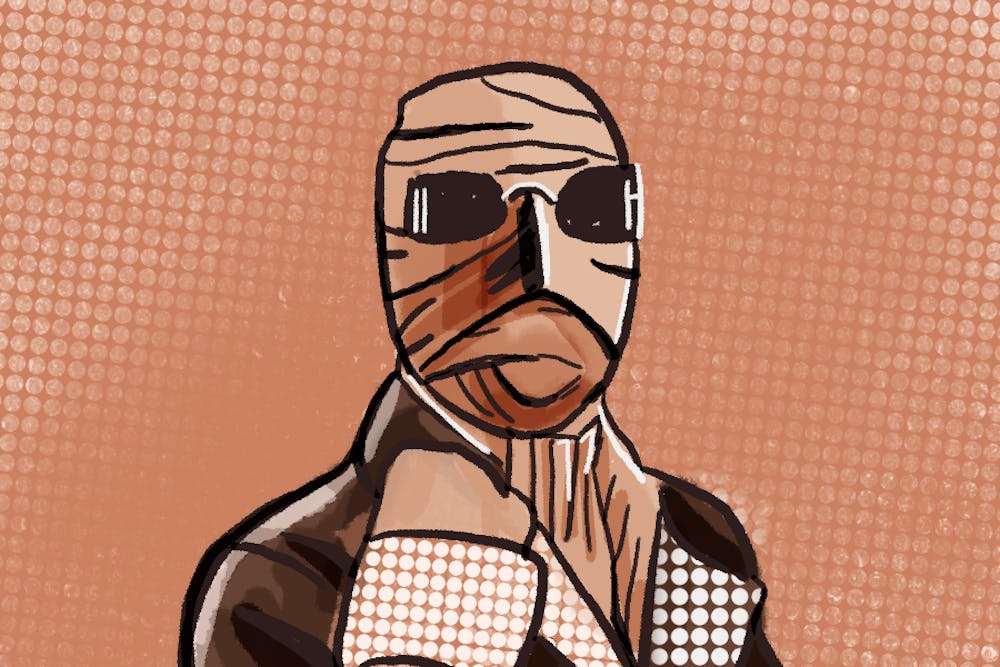With spooky season in full swing, it’s the perfect time to indulge in some great horror movies. While the coronavirus pandemic has turned Hollywood on its head for the majority of the year, there are still some solid releases to watch this Halloween. One of these is Blumhouse Productions' The Invisible Man (2020), the recent reboot of The Invisible Man (1933). The original film, based on HG Wells’ 1897 novel of the same name is a classic horror movie produced in the Golden Age of Hollywood, exposing audiences to effects they had never seen before.
After watching both movies, I found that while both were entertaining, I was ultimately left with a better experience after watching the original. The Invisible Man (2020) is better suited as a psychological thriller, while The Invisible Man (1933) is a true horror film focused on the titular monster. Both films feature tense thrills that leave the audience guessing, but The Invisible Man (1933) is ultimately better due to its creative action sequences, revolutionary cinematography and production, and the character depth of the Invisible Man himself.
The Invisible Man (1933) is a haunting testament to science gone wrong. The film follows Dr. Jack Griffin (Claude Rains), a chemist who turned himself invisible in pursuit of world–revolutionizing science. However, Griffin quickly turns mad from his breakthrough, as the invisibility was concocted with monocaine, an extremely dangerous drug.This film creates beautiful imagery with its shot composition: the opening juxtaposes the invisible man’s dark outfit against a white snowstorm, and there are other aesthetically pleasing shots throughout the film that create a tense atmosphere for the audience and characters.
Griffin is rude, self–absorbed, and increasingly violent with the civilians he encounters on his journey. He terrorizes anyone he encounters, sparking a countrywide hunt by the film’s climax. The film pulls off the invisibility surprisingly well, even though it was done without CGI or advanced special effects that can be seen in modern productions like the 2020 reboot. In 1933, director James Whale relied on the power of the camera alone to create The Invisible Man’s onscreen spectacle.
The Invisible Man (2020) takes a fundamentally different approach to the 1933 tale. This film follows Cecilia (Elisabeth Moss) as she trys to escape an abusive relationship with her boyfriend, Adrian(Oliver Jackson-Cohen). After Adrian apparently dies by suicide, Cecilia starts to experience strange occurrences that indicate Adrian isn’t really gone. The modern production helps build tension, utilizing wide–angle shots and motionless scenes with minuscule details alerting audiences to the Invisible Man’s presence.
Additionally, this reboot was modernized by accrediting the invisibility principle to technology, rather than a mostly nameless mixture of chemicals. However, what makes this reboot more of a psychological thriller is that there is no mass hunt for the antagonist. The Invisible Man (2020) is very much Cecilia versus The Invisible Man, with nearly all of the film’s characters refusing to acknowledge the possibility of the translucent antagonist until it’s too late.
The Invisible Man (1933) is a timeless film that truly appealed to the horror of audiences, mainly through their development of the film’s titular antagonist. In The Invisible Man (2020), barely any characters even believe in the antagonist, whereas the 1933 monster is very much at the forefront of the public eye. Dr. Griffin makes his presence widely known by causing chaos, antagonizing civilians with random objects, and taunting them with his invisibility. Griffin originally wanted to search for a way to be visible again, but he quickly realized the power that he held, and instead sought a way for the world to “grovel at his feet."
In The Invisible Man (2020), Adrian is already rich and a world–class leader in optic technology. He always found ways to control people with his money, and was charismatic and manipulative. Dr. Griffin in the original film was very different. His invisibility marked the first spark of power he’d acquired, and this causes him to become reckless in his actions. Adrian is also a hard character to love because we barely see or hear him in the film, a limitation of extremely advanced special effects. Pretty much any actor could have played Adrian's Invisible Man, whereas Claude Rains' performance is integral to the success of the original film, using his powerful voice to develop his character’s personality through sound alone.
Ultimately, The Invisible Man (1933) is my pick for the superior film. The 2020 reboot was surprisingly repetitive, limited by the narrative's potential. Cecilia was the only one aware of Adrian’s invisibility, and as a result, the creativity was lacking. Whale’s 1933 film is a refreshing and fun throwback for the horror genre, with Dr. Griffin’s invisible antics reaching both creative and disturbing levels. If you’re looking for a classic this Halloween, consider taking a trip back to 1933 before settling for a mainstream reboot.

